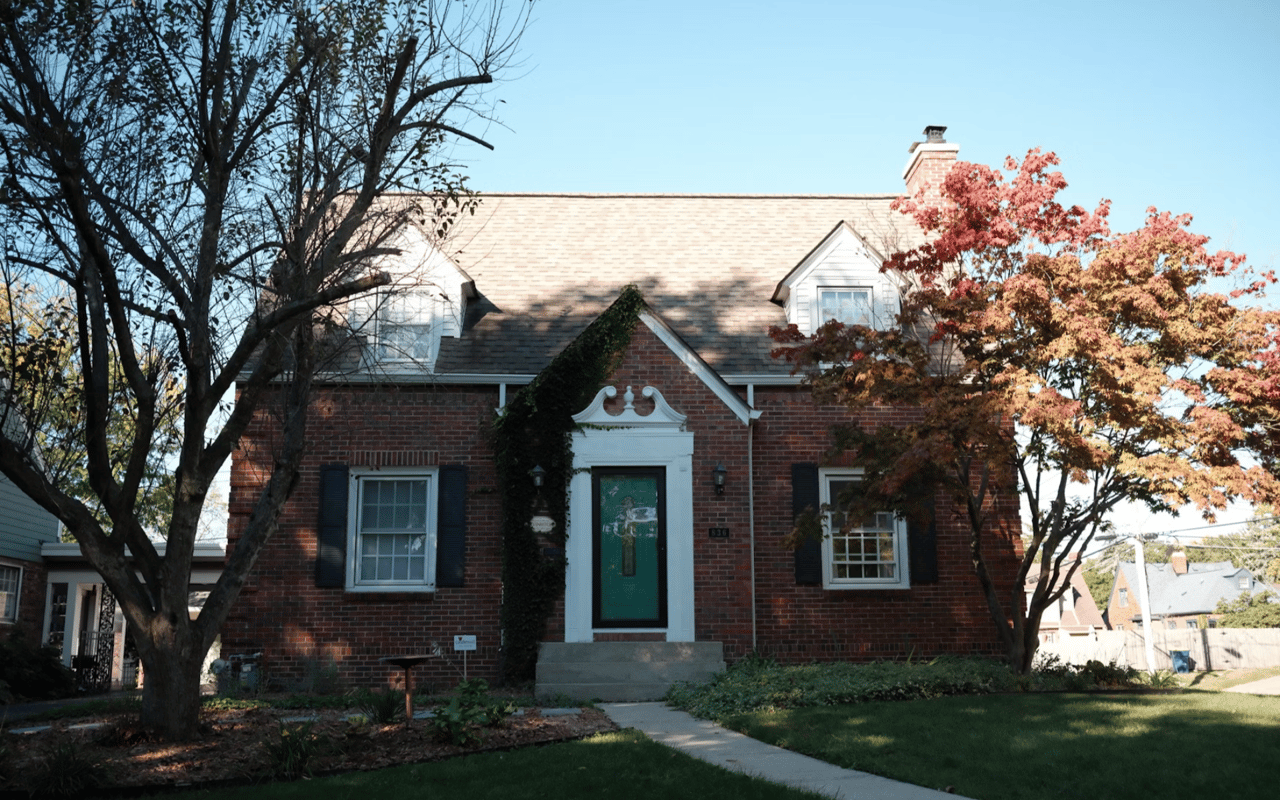When you buy a home, it’s natural to want to protect your investment from the unexpected. That’s where homeowners insurance steps in, offering financial support when damage, accidents, or disasters disrupt your property or belongings. Whether you're a first-time buyer or revisiting your current policy, understanding what homeowners insurance covers is essential to making informed decisions and avoiding surprises down the road.
Homeowners insurance is more than a legal or lender requirement; it’s a powerful tool to give you peace of mind. From covering repairs to helping you replace lost items after a major storm or accident, a solid policy can be a financial lifesaver. This guide breaks down the essentials so that you know exactly where your protection begins and ends.
The Structure Of Your Home: Dwelling Coverage
For example, if a tree falls on your roof during a windstorm, your insurance can cover the cost of repairing or replacing the damaged portion of your home. This coverage generally includes the house itself and any attached structures, such as a garage or deck.
It’s important to insure your home for its full replacement cost — not just its market value. Replacement cost reflects what it would actually cost to rebuild the house with materials and labor at current prices, which is often higher than what your home might sell for on the market.
Detached Structures: Other Structures Coverage
This coverage is usually a percentage of your total dwelling limit — often around 10 percent. So, for example, if your home is insured for $700,000, your detached structures might be covered up to $70,000. If you’ve recently added a new structure or upgraded an old one, make sure to review your policy to ensure that those updates are included.
Detached structures coverage is especially useful for homeowners who’ve invested in outdoor living spaces or workspaces on their property. Just remember that anything used primarily for business may require a separate policy or endorsement.
Your Belongings: Personal Property Coverage
This part of your policy often applies even if the incident happens outside your home. If your laptop is stolen from your car or your suitcase disappears at the airport, your homeowners insurance might help with the replacement cost.
Most policies include actual cash value coverage by default, which factors in depreciation. You can often upgrade to replacement cost coverage for an additional premium. That means your insurance would cover the cost of purchasing new items at today’s prices, rather than what they were worth when damaged or stolen.
It’s a good idea to create a home inventory — either through a written list or video documentation — to keep track of your belongings. That way, you’ll have a clear record in case you ever need to file a claim.
Loss Of Use: Additional Living Expenses
This may include hotel bills, short-term rentals, restaurant meals, pet boarding, and other costs you wouldn’t normally have to pay if you were living in your home. It doesn’t cover your regular bills like mortgage payments, but it can make a stressful situation far more manageable. Most policies cap ALE coverage based on a percentage of your total dwelling amount or offer it for a set period, such as 12 or 24 months.
Personal Liability Protection
Whether a visitor slips on your sidewalk or your dog damages a neighbor’s fence, liability coverage is there to protect your financial well-being. Most standard policies include at least $100,000 in liability coverage, though many homeowners choose to increase this limit to $300,000 or more for added protection.
If you have significant assets, such as savings, investments, or additional properties, you may also want to consider an umbrella policy. This adds an extra layer of liability coverage beyond what your homeowners policy provides.
Medical Payments To Others
Coverage amounts are typically lower — often between $1,000 and $5,000 — and are intended to resolve minor issues quickly and without legal complications. It’s a useful feature for maintaining good relationships with visitors or neighbors who experience minor injuries.
Choosing The Right Coverage Limits
Start with a replacement cost estimate for your home and detached structures. Then, take stock of your personal belongings — furniture, electronics, clothing, kitchenware, and any specialty items. Don’t forget to consider your risk tolerance when choosing liability and medical payment limits.
Filing A Claim: What To Expect
Your insurer may send an adjuster to inspect the damage and determine how much coverage you qualify for based on your policy. Keep receipts for any temporary repairs or expenses, especially if you're using your additional living expenses coverage.
The more organized and prepared you are, the smoother the claims process will go. Many insurers now offer mobile apps or online portals to track your claim and communicate with adjusters in real time.
Protecting What Matters Most
For trusted insight through insurance and beyond, reach out to Sandy Piha as you explore your real estate options in Bellevue.





